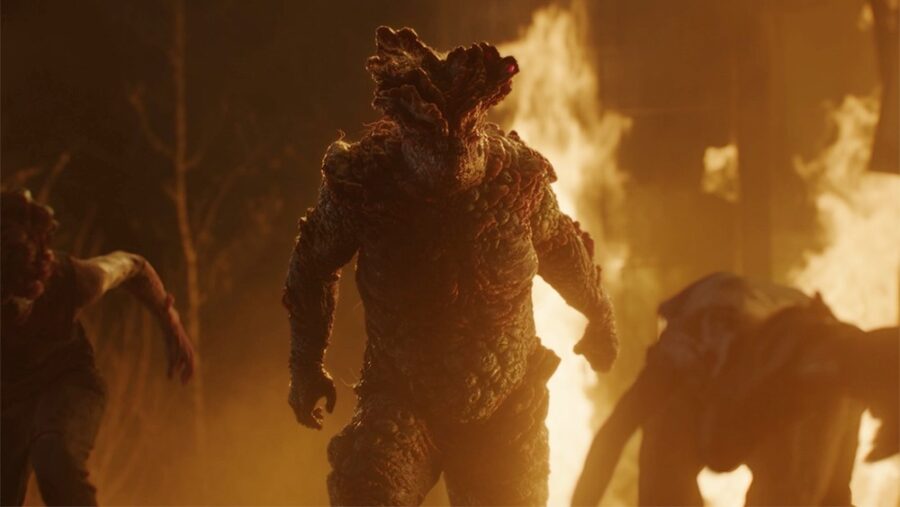Scientists Revive Zombie Virus That Was Buried For Almost 50,000 Years, Nothing Bad Can Happen
Scientists unearthed a 50,000-year-old zombie virus to study what's lurking beneath melting permafrost in the Arctic Circle.
This article is more than 2 years old

How often do we have to watch movies or tv shows that see humanity playing around with viruses only to ignite a world-ending apocalypse before we take it to heart? And while scientists continue to search for what they call “zombie viruses,” there may be an excellent reason for the search. According to CNN, virus hunter Jean-Michel Claverie has uncovered a 50,000-year-old virus in the arctic and revived it to study the possible repercussions of thawing permafrost.
According to Claverie, he and his team collected samples from seven different places across the tundra of Siberia, inside of which they found multiple samples of his “zombie virus.” While studying them, they tested them by injecting them into cultured cells, explicitly targeting single-celled amoebas to avoid the danger of infecting humans or animals. He found that these monster viruses (large enough to be seen under a regular light microscope as opposed to a more powerful electron microscope) are still infectious after 5,000 decades and pose a much larger potential problem for humans.
“We view these amoeba-infecting viruses as surrogates for all other possible viruses that might be in the permafrost,” Claverie told CNN. “We see the traces of many, many, many other viruses,” he added. “So we know they are there. We don’tdon’t know for sure that they are still alive. But our reasoning is that if the amoeba viruses are still alive, there is no reason why the other viruses will not be still alive and capable of infecting their own hosts.”
While this may sound like a version of Will Smith’s I am Legend or The Walking Dead translated to real-world scenarios, it may have already happened and therefore be something we should be focusing on studying to try and avoid. 2016 saw an anthrax outbreak that infected dozens of humans and over 2,600 reindeer in the late summer months in Siberia. While the outbreak killed 88 percent (over 2,300) of the reindeer, it was determined the thawing of Russia’s Siberian permafrost during the hotter-than-usual months caused the release of old spores of Bacillus anthracis to be released into the atmosphere, similar to the fear a “zombie virus” could do.

This isn’t the only evidence that scientists have of viruses lying dormant in the frozen soil under the surface as the Seward Peninsula of Alaska saw the uncovering of a woman frozen in the permafrost who contained genomic material from the influenza strain responsible for the 1918 outbreak. Scientists also claimed in 2012 that a 300-year-old mummy possessed the genetic materials for smallpox, the release of which could be devastating without a vaccine.
So why is Jean-Michel Claverie’s research necessary? Simply stated, by knowing what the permafrost holds, they can do the work needed to prepare vaccines for when the permafrost thaws and these “zombie viruses” are released. Imagine a world where we had a COVID-19 vaccine before March 2020, and people had already been inoculated before the outbreak.
Hollywood has conditioned us to fear the possibility of apocalyptic outbreaks of viruses that could cause the zombie world portrayed in series like The Last of Us. That can make people who read the headline here have a knee-jerk response to scientists messing around with the long-dormant viruses that could wreak havoc on the populous. While it may be a little scary to see them study these dangerous viruses, know that it isn’t out of sheer boredom or curiosity but rather a preemptive measure against the effects of global warming.












